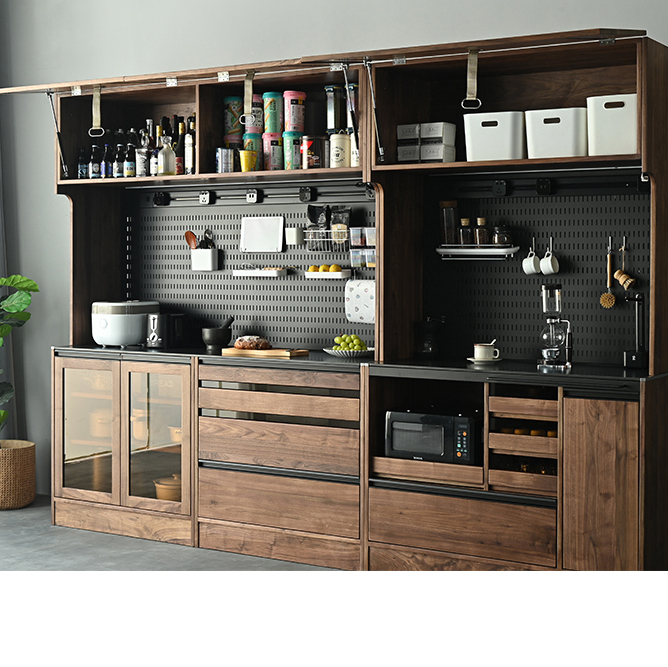
When it comes to purchasing wood furniture, understanding the advantages and disadvantages of different types of wood is crucial for global buyers. Furniture made from various woods differs significantly in terms of quality, durability, appearance, and price. By having a comprehensive understanding of these factors, buyers can make informed decisions that align with their needs, preferences, and budgets.
Oak is a popular choice for furniture production. It is mainly sourced from North America, Europe, and Asia. Oak wood is characterized by its strong and dense texture, with distinct and beautiful grain patterns. The color of oak wood can range from light brown to dark brown, giving furniture a natural and elegant appearance.
Advantages:
- High durability: Oak wood is hard and resistant to wear and tear, ensuring that furniture can last for a long time.
- Good strength: It can withstand heavy loads, making it suitable for making large - scale furniture such as beds and dining tables.
- Beautiful grain: The unique grain pattern adds a touch of natural beauty to the furniture.
Disadvantages:
- High cost: Due to its high - quality and slow - growing nature, oak furniture is relatively expensive.
- Heavyweight: It may be difficult to move and transport due to its weight.
Pine is widely available in North America, Europe, and Asia. It has a light - colored appearance, often with a yellowish - white hue. The grain of pine wood is relatively straight and simple, giving the furniture a rustic and warm feeling.
Advantages:
- Low cost: Pine grows relatively fast, so pine furniture is more affordable, making it a popular choice for budget - conscious buyers.
- Lightweight: It is easy to move and assemble, which is convenient for users.
- Easy to process: Pine wood can be easily carved and shaped, allowing for diverse furniture designs.
Disadvantages:
- Low hardness: Pine is softer than oak, which means it is more prone to scratches and dents.
- Poor moisture resistance: It can be affected by humidity and may warp or crack in high - humidity environments.
Walnut is native to North America and parts of Europe. It has a rich, dark - brown color that deepens over time, exuding an air of luxury. The grain of walnut is often wavy and complex, adding a sense of sophistication to the furniture.

Advantages:
- High - end appearance: Walnut's rich color and beautiful grain make it a symbol of luxury in furniture.
- Good stability: It is less likely to warp or crack compared to some other woods, ensuring long - term quality.
- Resistance to decay: Walnut has natural anti - decay properties, enhancing its durability.
Disadvantages:
- High price: Due to its limited supply and high - end nature, walnut furniture is quite expensive.
- Prone to fading: Prolonged exposure to sunlight may cause the color of walnut to fade.
| Wood Type | Advantages | Disadvantages |
|---|---|---|
| Oak | High durability, good strength, beautiful grain | High cost, heavyweight |
| Pine | Low cost, lightweight, easy to process | Low hardness, poor moisture resistance |
| Walnut | High - end appearance, good stability, resistance to decay | High price, prone to fading |
In conclusion, each type of wood has its own unique advantages and disadvantages. When choosing wood furniture, global buyers should consider factors such as budget, usage environment, and personal preferences. For those who pursue long - term use and high - quality furniture, oak and walnut are good choices. If you are on a tight budget and need furniture that is easy to move and assemble, pine can be a suitable option.
We invite you to share your thoughts and experiences on choosing wood furniture in the comments section below. If you have any questions or need more information, please feel free to contact us. We are committed to providing you with the best wood furniture solutions.
Get in touch with us now to start your high - quality wood furniture procurement journey!











